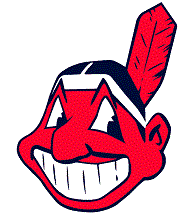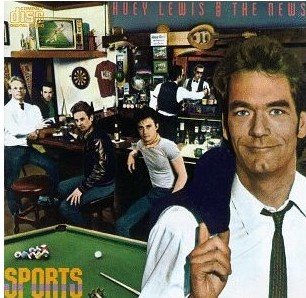
The American Indian War Chant is a popular melody sung at sporting events1. There’s even a dance craze that goes along with it—the tomahawk chop.
Fans of tribe-inspired teams sing the War Chant in perfect 4/4 time, set to an “ooga chaka” beat, while tomahawking with their right hands on the downbeats (usually the 1’s and the 3’s) like some crazy syncopated musical cult. They mostly sing in the key of F Pentatonic, prompted by marching band or ballpark organist.
Drag over the individual black noteheads below to listen, or click on the score to play/stop the entire melody.
I like this melody. It backtracks over each part. It has a kind of spiraling unfolding shape, like a snake who eats her own tail and vomits up another snake head. The first 2 wo’s are repeated quickly in the 16th note turn at the beginning of the second measure (the “wo-a-woah”). Then those first 2 measures are combined to form the essence of the 3rd measure (a perfect 4th interval below). And finally, the 4th measure mirrors the second measure, and resolves to the 1st note of the entire melody (the F an octave below).
Similar to the ‘China melody’, the Indian War Chant captures the spirit of a nation (or the melodic mocking of a minority). The F Minor Pentatonic melody references a I → V → I chord progression. With quick melodic turns of a pentatonic key and a big brassy timbre or anthemic chanting, the above melody could easily invoke any exotic place or people, but it is the duple meter—the backing beat of a “HUY-yuh-yuh-yuh” or an oogachaka with extra ooh—that gives it that authentic buffalo tom-tom Native Americiany sound.
 The Indian Chant originally comes from the Florida State University Seminoles 1960’s cheer “Massacre” played at football games by the Marching Chiefs. “Massacre” features a much funkier version of the melody.
The Indian Chant originally comes from the Florida State University Seminoles 1960’s cheer “Massacre” played at football games by the Marching Chiefs. “Massacre” features a much funkier version of the melody.
As legend goes2, the White man held a sporting contest in 1984 against the Auburn Tigers, where fans enthusiastically sang along with the “Massacre” melody, and continued to drunkenly sing, even as the marching band fell silent. The pitch might not have been perfect, and there’s no way they could hit all those bouncy rhythms in the original melody. So the simplified easy-to-sing version above was born from a historical piece of audience participation and musical elision.
The seminal Seminole melody has since spread to other teams and other states around the country, becoming the cliché Indian melody to sing at sporting events and beyond. It fits in well with other Minor Pentatonic sporting event melodies like “Ass-hole”, and “We Will Rock You”. The Minor Pentatonic scale is a natural scale, found in every musical culture, making it ideal to sing with your fellow fans or to mock your rivals with (as in nanny nanny poo poo).

I like sports.
Notes (deleted from history):
[1] http://www.youtube.com/watch?v=L_vpfblTqng
[2] Florida State University athletics website, “The War Chant“



